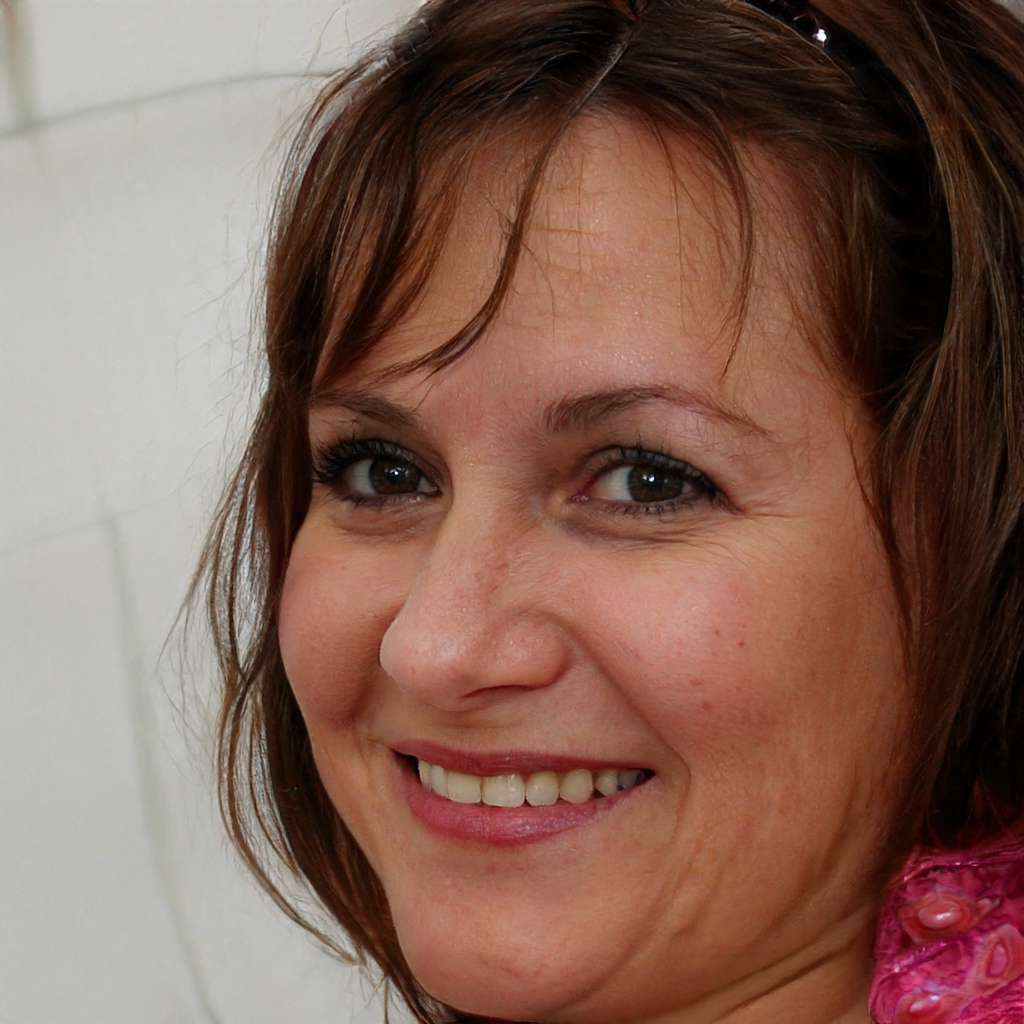In computer graphics, texture mapping is a technique for applying a digital image to a three-dimensional model. The image is wrapped around the model like a skin, providing a realistic or artistic effect.
Texture mapping is often used to create realistic surfaces on three-dimensional models. For example, a brick wall can be created by mapping a brick texture onto a three-dimensional model of a wall.
Texture mapping can also be used for artistic effects. For example, a three-dimensional model of a face can be given a "sketchy" look by mapping a pencil sketch onto the model.
Texture mapping is a powerful tool for creating realistic or artistic effects in computer graphics.
What are the types of texture maps?
There are four main types of texture maps that are commonly used in computer graphics:
1. Color Maps
2. Bump Maps
3. Displacement Maps
4. Normal Maps
1. Color Maps
A color map is the most basic type of texture map, and is simply a 2D image that is mapped onto a 3D model. The color map can be used to add detail and variation to the surface of the model, and can be created using any image editing software.
2. Bump Maps
A bump map is a type of texture map that is used to create the illusion of bumps and ridges on the surface of a model. Bump maps are usually grayscale images, with darker pixels representing higher areas and lighter pixels representing lower areas.
3. Displacement Maps
A displacement map is a type of texture map that is used to create the illusion of depth on the surface of a model. Displacement maps are usually grayscale images, with darker pixels representing higher areas and lighter pixels representing lower areas.
4. Normal Maps
A normal map is a type of texture map that is used to create the illusion of bumps and ridges on the surface of a model. Normal maps are usually grayscale images, with each pixel representing a normal vector. What is texture mapping in 3D modeling? In 3D computer graphics, texture mapping is a process of applying images to the surfaces of 3D models. The process of texture mapping applies an image to a surface as a decal or sticker. The image is stretched or shrunk to fit the surface, and the excess image is trimmed away. What is texture map in Maya? A texture map is a 2D image that is applied to a 3D model to give it detail and realism. In Maya, you can create your own textures, or use textures that come with Maya.
How is texture mapping done?
Texture mapping is a technique in computer graphics for applying a textured image to a 3D model. The texture image is wrapped around the model, and the resulting image is rendered to the screen.
There are several different algorithms that can be used for texture mapping, but the most common one is called bilinear interpolation. With this algorithm, the texture image is divided into small squares, and the color of each square is interpolated to give the final color of the pixel.
Another common algorithm is called trilinear interpolation. With this algorithm, the texture image is divided into small cubes, and the color of each cube is interpolated to give the final color of the pixel.
Texture mapping can be used for a variety of purposes, including making a 3D model look more realistic, or creating special effects such as lightmaps or environment maps.
How do you make a texture map?
In order to create a texture map, you will first need to choose the image that you would like to use as your texture. This can be any image, but it is typically best to use an image that has a lot of detail and is high resolution. Once you have chosen your image, you will need to open it in an image editing program like Photoshop.
Once your image is open in Photoshop, you will need to create two new layers. One layer will be used for the texture map, and the other layer will be used for the bump map. To create a new layer, click on the "Create a new layer" icon at the bottom of the "Layers" palette.
Once you have created your two new layers, you will need to select the "texture map" layer and fill it with white. To do this, you can either use the "Paint Bucket" tool or the "Fill" command. Once your "texture map" layer is filled with white, you will need to drag your image into this layer. Make sure that your image is positioned correctly, and then you can resize it as needed.
Once your image is in place, you will need to select the "bump map" layer and fill it with black. Again, you can either use the "Paint Bucket" tool or the "Fill" command. Once your "bump map" layer is filled with black, you will
